The Takeaway
The Takeaway »
Who Can Afford Organic Kale on the Minimum Wage?
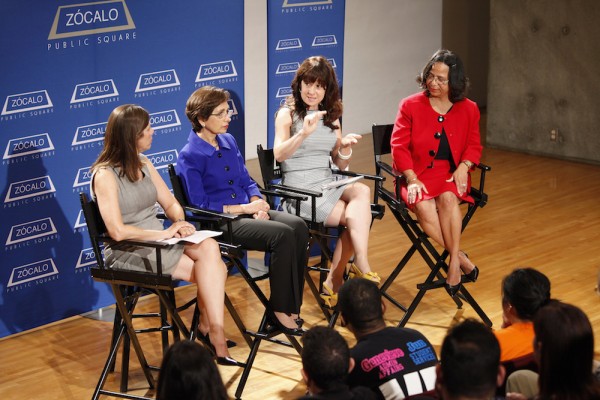
It’s no secret that how much money you make can affect how healthy you are. At an event co-sponsored by the California Wellness Foundation, the audience in a packed auditorium at MOCA Grand Avenue learned the difference in life expectancy between people living in Los Angeles’ richest and poorest neighborhoods is a jaw-dropping 10 to 12 years.
“We associate this type of disparity with third …
The Takeaway »
How Water Scarcity Shaped America

Water, when scarce, has split the nation into warring factions. But it has also united fractured regions. Water can both release the demons of war and stir the better angels of our nature.
We hear so much about California and the drought there. But consider the whole West—and the Continental Divide, also known as the Great Divide. This spine of the continent splits North America—and the …
The Takeaway, Thinking L.A. »
There’s a Difference Between Riots and Rebellion

From the Boston Tea Party to the recent protests in Baltimore and Ferguson, Americans have a long history of using violence to combat oppression and push for social change. But what are the sparks that set off urban riots? Who are the people who get involved, and do they ever actually make a difference?
In a packed room in the auditorium at MOCA Grand Avenue, Washington …
The Takeaway, Thinking L.A. »
Homelessness Is Not Inevitable
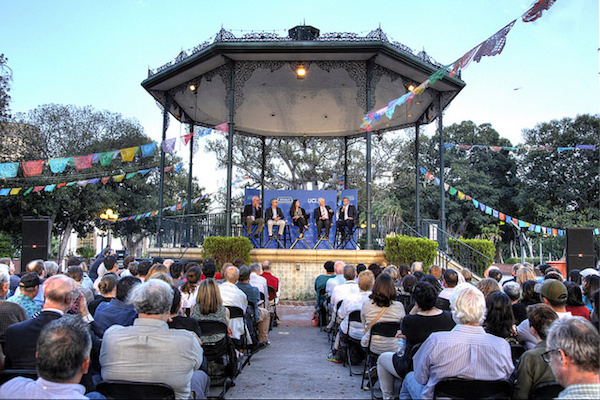
Ten years ago, Los Angeles Times columnist Steve Lopez attended what he refers to as a “dog and pony show” on Los Angeles’ Skid Row. Its topic: the plan to end homelessness. “And yet,” Lopez told a standing-room-only crowd at a “Thinking L.A.” event co-presented by UCLA and Zócalo at the Plaza on Olvera Street, “homelessness is still going on.”
Lopez moderated a panel on why, …
The Takeaway »
Does a Transit Boom Have to Lead to a Real Estate Bubble?
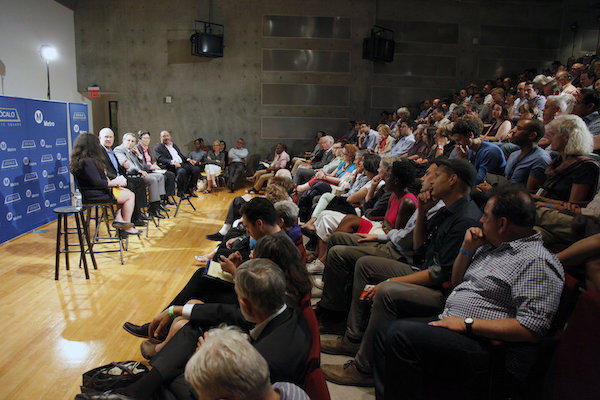
Los Angeles is in the midst of a housing crisis. At a panel discussion co-presented by Metro in front of a standing-room-only crowd at MOCA Grand Avenue, Joan Ling, an urban planning policy analyst, pointed out that the city needs more than 4,000 affordable new homes every year to accommodate low-income residents. But it builds only 1,000—and loses 3,000. “It’s one step forward, three steps …
The Takeaway »
How L.A. Can Keep Its Creative Hive Buzzing
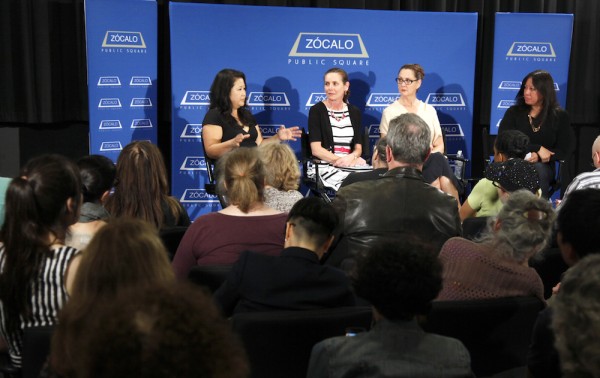
Los Angeles isn’t fantasizing when it calls itself America’s creative capital–the numbers back it up. Economist Kimberly Ritter-Martinez rattled them off at a panel sponsored by the City of Los Angeles Department of Cultural Affairs to discuss the business of creativity: 355,000 jobs are directly tied to the city’s creative industries, and 620,000 jobs are related in some way. More than 10 percent of Los …
The Takeaway »
From England to Taiwan and Beyond in One Afternoon
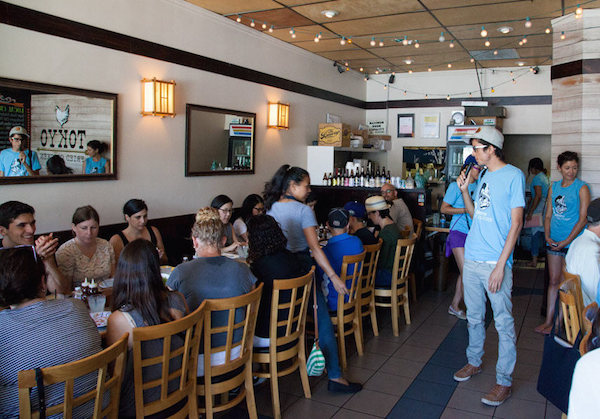
On a steamy Saturday afternoon in the San Gabriel Valley, families, groups of friends and co-workers, some adventurous solo travelers, and one person carrying a selfie stick gathered upstairs at Lucky Baldwins Pub (17 S. Raymond Avenue) in Old Town Pasadena. Amidst flat-screen TVs playing soccer and signs advertising beers from across Europe, devoted Metro rider and L.A. eater Javier Cabral (also known as “The …
The Takeaway, Thinking L.A. »
Gentrification Isn’t About Hipsters
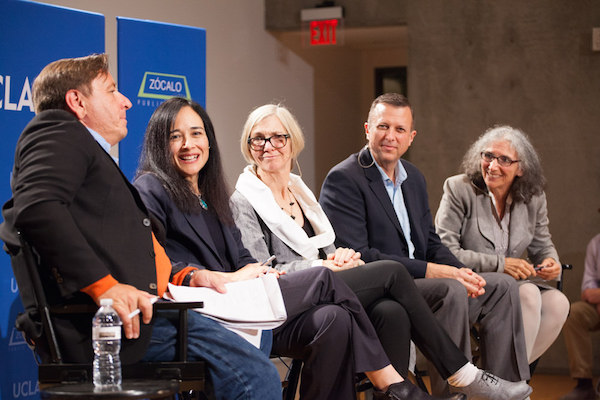
The term gentrification can be a catch-all word to characterize the arrival of hipsters, widely available wi-fi, and whites moving into neighborhoods of color. But at a “Thinking L.A.” event co-presented by UCLA, a panel of Angelenos who study and work to improve the city tried to hone in on how gentrification plays out on the ground—and how best to manage the forces that are …
The Takeaway »
Phoenix Is a Survivor
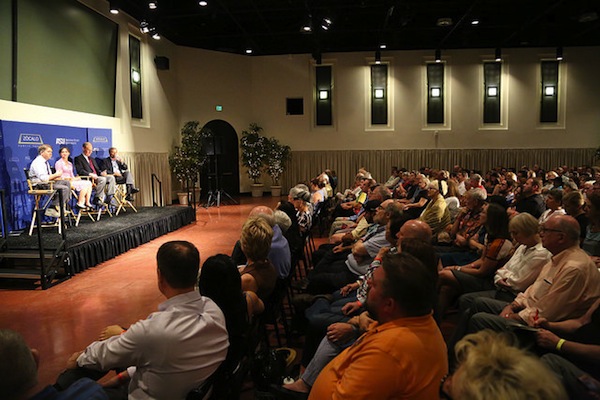
The fact that people question Phoenix’s existence has been good for the city. That was the headline lesson from Tuesday night’s Zócalo/ASU College of Public Service & Community Solutions event, “Should Phoenix Exist?”
Before a full house at the Heard Museum, New York University historian Andrew Needham, author of Power Lines: Phoenix and the Making of the Modern Southwest, suggested that Phoenix had an advantage when …
The Takeaway »
Why I Won’t Wear War Paint and Feathers in a Movie Again

At some point, every Native American actor comes to a career crossroads and has to answer the question: Do I participate in stereotyping or maintain my cultural integrity?
As a Navajo man, I answered that question early in my acting career. Fresh out of Yale with a bachelor’s degree in film studies, I moved to Albuquerque in 2010 when the New Mexican film industry was booming. …

